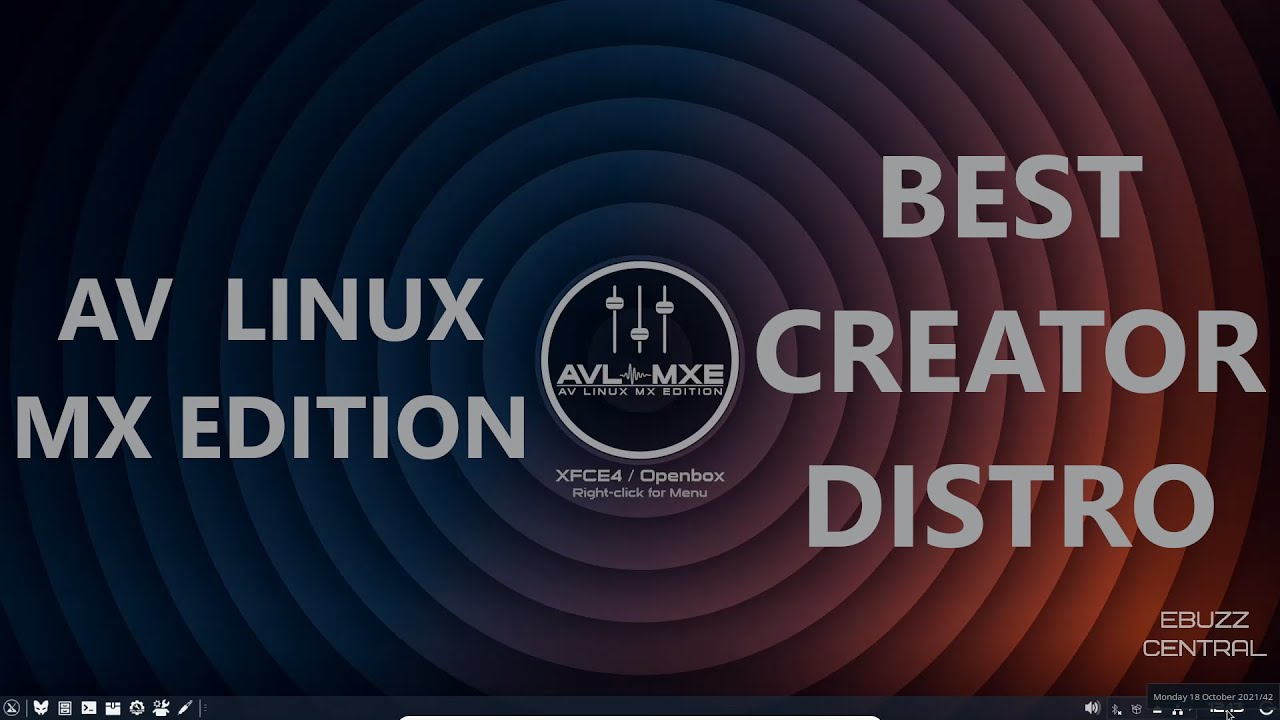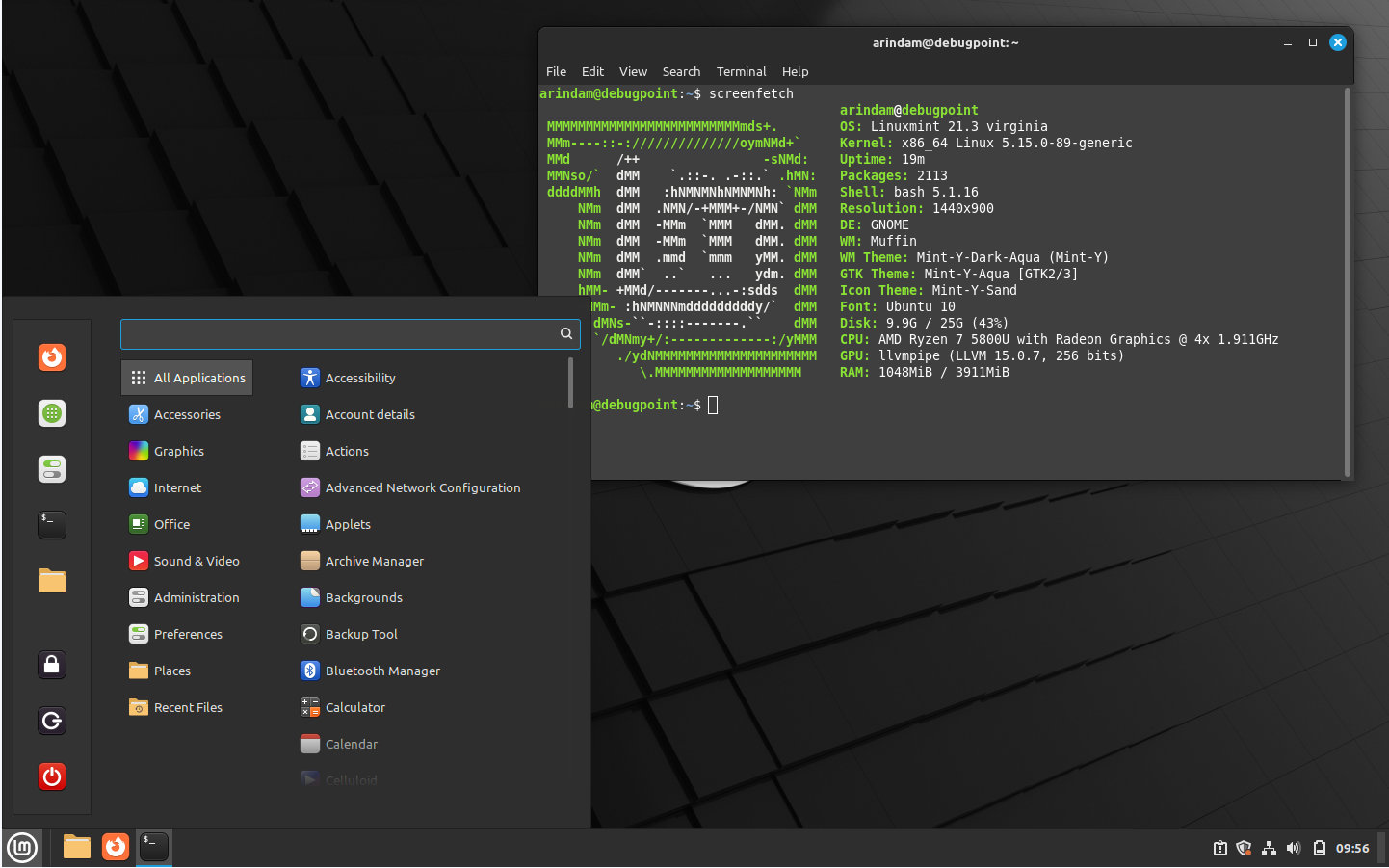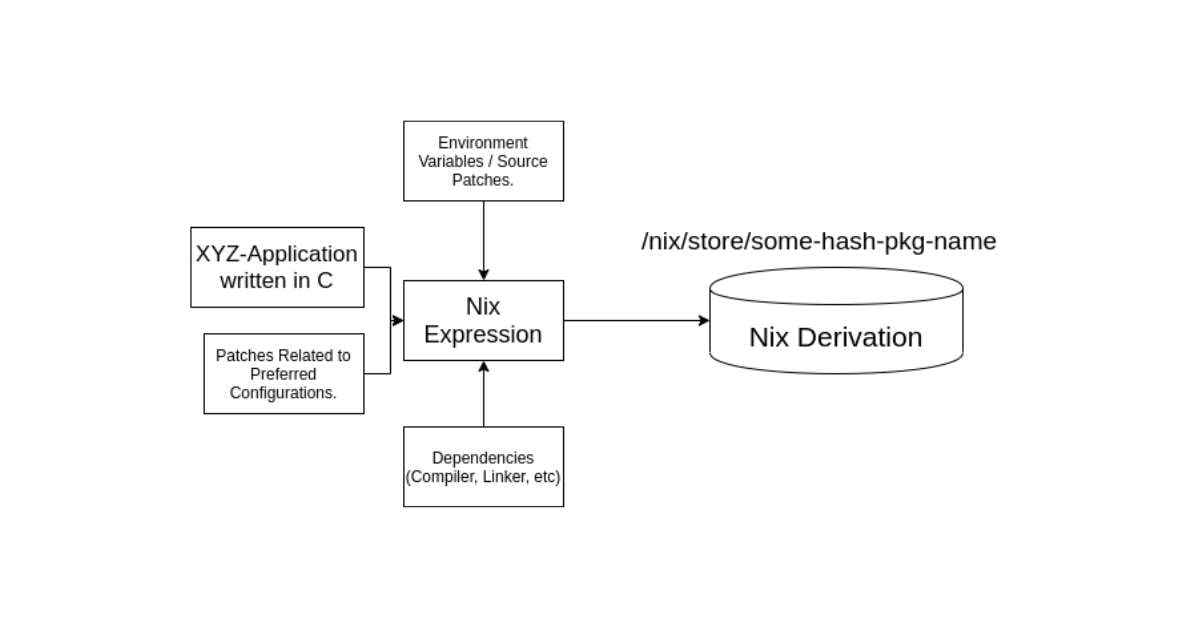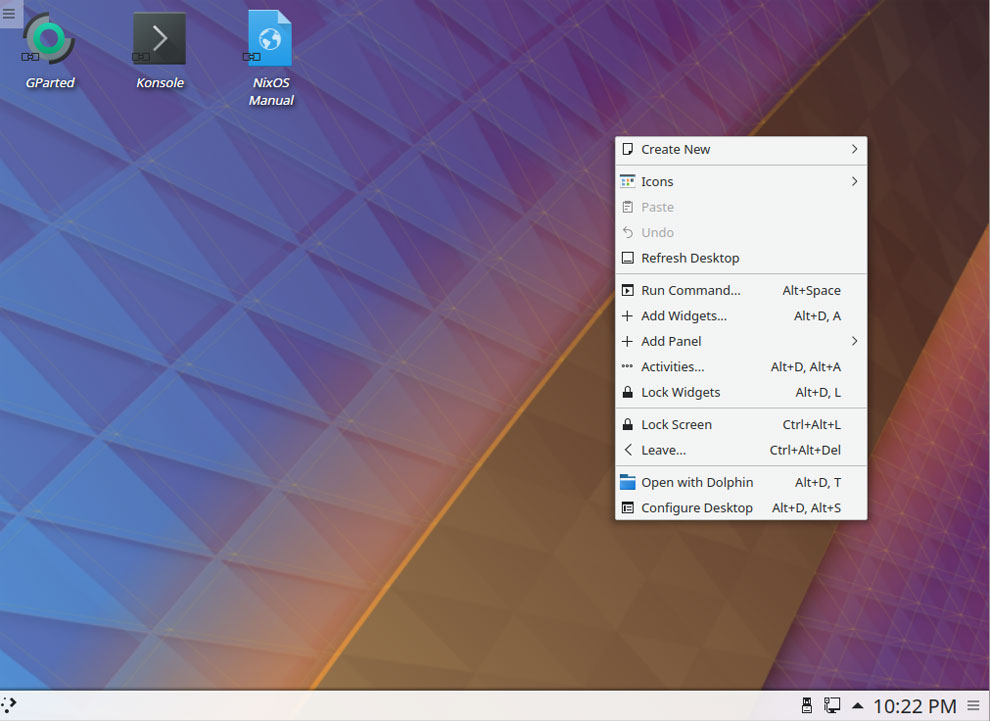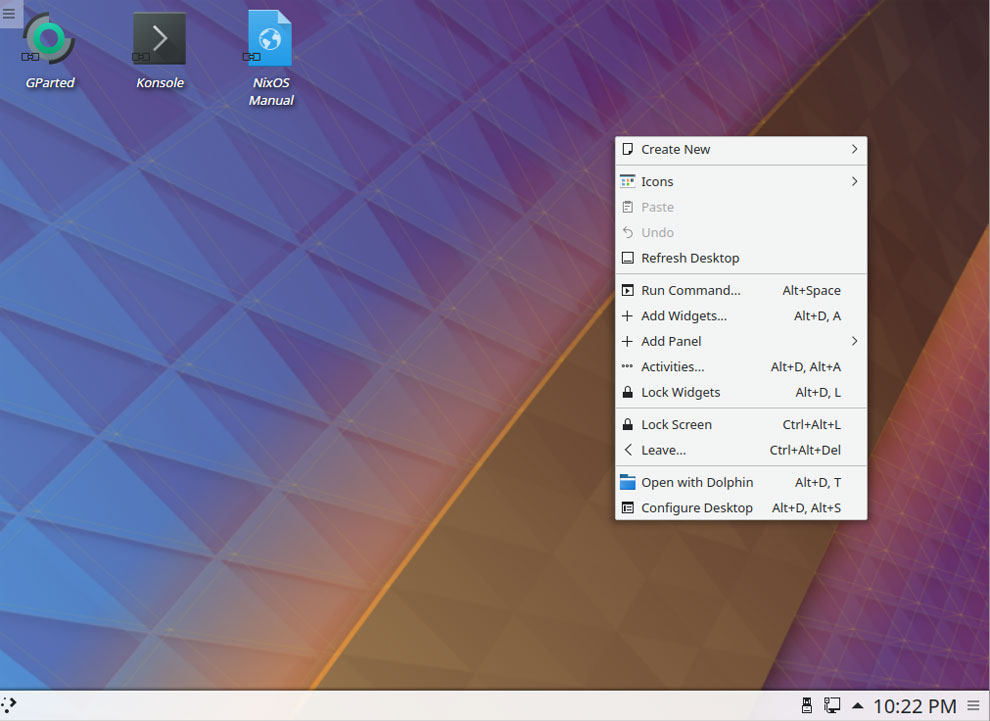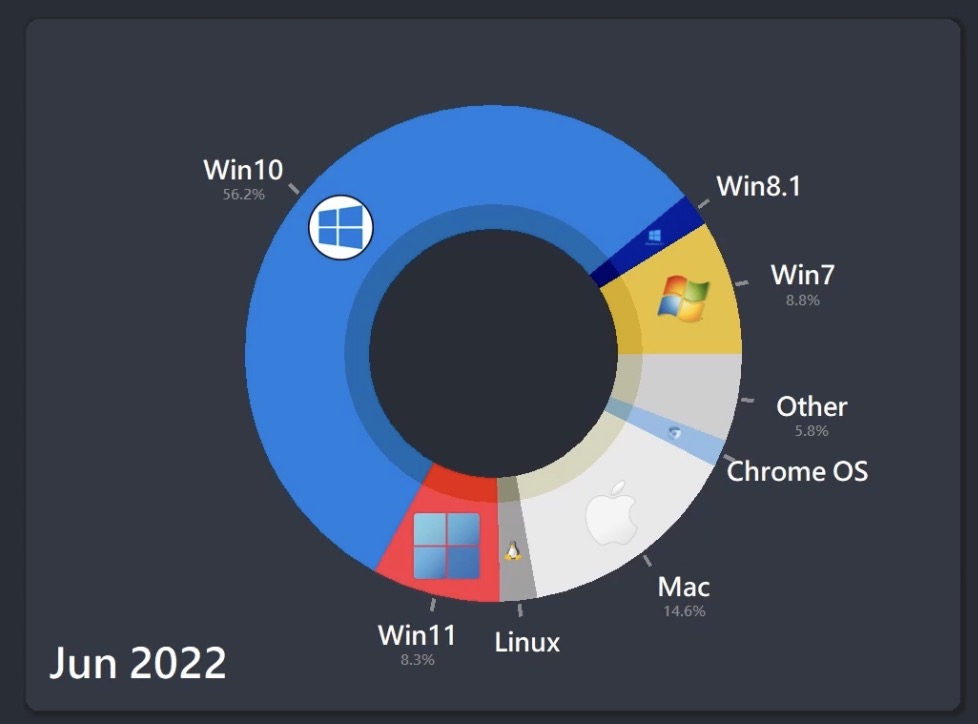
The Rise of Linux: A New Era in Desktop OS Market Share
In the ever-evolving landscape of desktop operating systems, a new player has been steadily gaining ground. Recent data from research firm Statcounter reveals that Linux has surpassed a significant milestone, capturing 4.03 percent of the global market share in February. This marks a notable increase from the 3 percent mark it achieved in June 2023.
Linux’s Growing Influence
Linux’s ascent in the desktop OS arena has been a gradual but consistent journey. The reported market share surge to 6.34 percent in February, when including ChromeOS as a Linux OS, underscores the platform’s expanding reach. This growth represents a 31.3 percent increase from June 2023, signifying a substantial uptick in Linux adoption.
Shifting Tides: Windows and macOS
While Linux’s momentum is on the rise, traditional giants like Windows and macOS continue to dominate the desktop OS landscape. Windows, in particular, has seen a resurgence in usage, reclaiming a significant portion of the market share lost between 2022 and 2023. On the other hand, macOS has experienced a decline, with its market share dropping from 21.32 percent in June to 15.42 percent in February.
The US Perspective
In the US market, Linux’s desktop market share climbed to 3.85 percent in February, showcasing a notable improvement from previous figures. Despite this growth, Linux’s journey to becoming the dominant desktop OS remains a distant goal. Challenges such as the lack of a standardized desktop experience across Linux distributions have been cited as hindrances to broader adoption.
Embracing Open Source Innovation
The increasing popularity of Linux underscores a broader trend towards open-source solutions. As the OS landscape evolves, the emphasis on app discovery and reduced fragmentation paves the way for Linux to carve out a more significant presence. While Linux may never reign supreme in the desktop OS realm, its growing influence and appeal among technologists highlight the platform’s enduring relevance.
Looking Ahead
As we navigate the dynamic terrain of desktop operating systems, the emergence of Linux as a formidable contender signals a shift in the status quo. While Windows and macOS maintain their stronghold, Linux’s steady climb underscores the enduring appeal of open-source innovation and the diverse ecosystem it fosters.
Conclusion
The evolving desktop OS market paints a compelling picture of innovation, competition, and changing user preferences. Linux’s rise to prominence offers a glimpse into a future where open-source principles and community-driven development shape the digital landscape. While the Year of the Linux Desktop may remain a distant goal, the platform’s growing traction underscores its enduring relevance and impact on the broader tech ecosystem.










